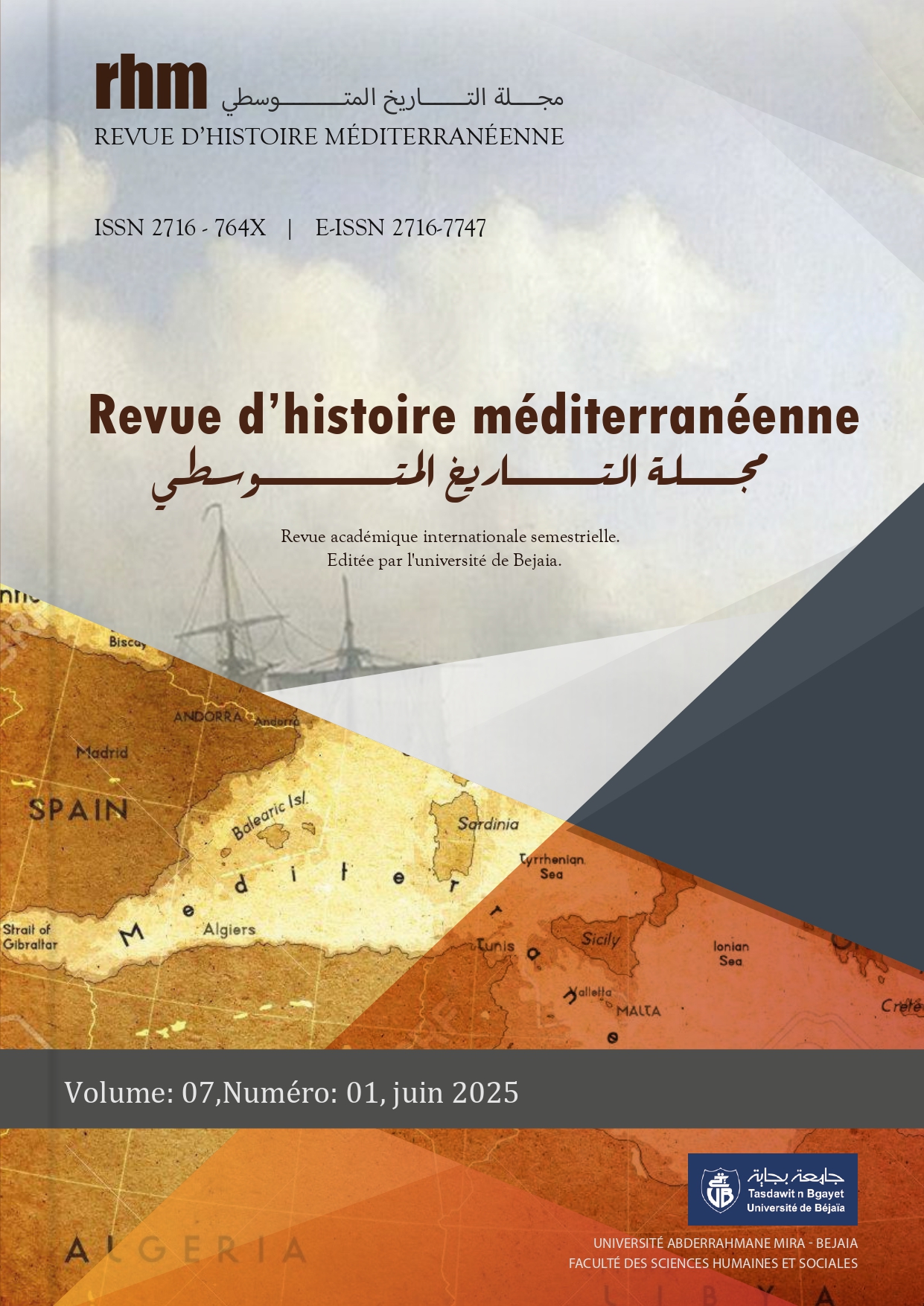Alger au 19e siècle, croissance par fragments : Histoire d’une Formation urbaine
Algiers in 19th century, growth by fragments: History of an urban formation
Résumé
Cet article s’intéresse à l’histoire de la formation de la ville d’Alger au 19° siècle. Il explore les transformations à l'œuvre dans la structure de la ville en ce moment historique, qui correspond au début de la colonisation qu’a connue l’Algérie, avec l'adaptation des formes urbaines aux changements intervenus.
A travers l'analyse morphologique du tissu urbain de la ville dans sa première extension, il interroge le fragment comme une nouvelle unité d’intervention dans la production de l’espace urbain. Il montre les modalités d’articulation entre les unités pour assurer, à posteriori, la cohérence et l’organicité du niveau global de la ville.
En effet, la nouveauté dans la formation de la ville est dans l’introduction du fragment comme unité d’intervention, de régulation et de production de l’espace urbain.
Historiquement, c’est au cours du 18° siècle qu’émerge la transformation de la forme urbaine et que s’ouvre la recherche théorique des lumières sur l’architecture et la ville. Des différents écrits de ce siècle, la fragmentation est souvent évoquée comme une perte d’organicité de la ville et toute sa signification collective.
Esthétiquement, le fragment est une notion qui concerne la littérature, la poésie, la philosophie, l’architecture. Présent dans toute œuvre, il s’impose par son dynamisme en s’articulant à d’autres fragments, il devient le germe d’une œuvre à venir. L’assemblage et le montage de fragments permettent la constitution et l’élaboration d’une globalité homogène.
Comment le fragment a façonné la ville d’Alger au 19° siècle ? C’est ce que nous allons essayer de comprendre.
L’hypothèse de notre recherche est que la formation urbaine d’Alger dans son extension au cours du 19° siècle s'est produite par une série d’opérations étalées dans le temps. La cohérence et la continuité structurelle de la ville au niveau global n’est pas pensée à priori. Elle est obtenue à postériori.
A travers l’analyse de cinq échantillons, notre travail consiste dans la reconstruction du processus de formation de la ville. Elle est menée à travers une analyse des documents graphiques et photographiques (cartes, plans, cartes postales datées, etc.) et des différentes études et sources bibliographiques portant sur le sujet. Le choix des exemples est effectué en partant de la première extension de la ville qui représente, avec sa monumentalité, l’image parfaite de ce 19° siècle. La succession proposée pour saisir ces changements comporte une part d’arbitraire. Elle n’est ni linéaire ni chronologique. Elle est liée aux aléas de la gestion de la ville par les militaires, aux contraintes territoriales et selon les documents dont nous disposons.
L’analyse revient aussi sur les origines historiques et théoriques de l’émergence du fragment comme modalité de production de la ville. Notre démarche consiste à recouper les résultats de l’analyse des plans avec les sources écrites et la réalité édifiée. Le but est d’établir les différents moments de la mise en forme de la ville qui se sont alternés et la logique qui sous-tendent la combinaison des fragments pour atteindre le niveau global.
L‘article conclut enfin en montrant que la ville par fragments du 19° siècle peut servir de matrice pour la création en la combinant avec les représentations du patrimoine et les modalités de l’acte de bâtir dans la ville d’aujourd’hui.










